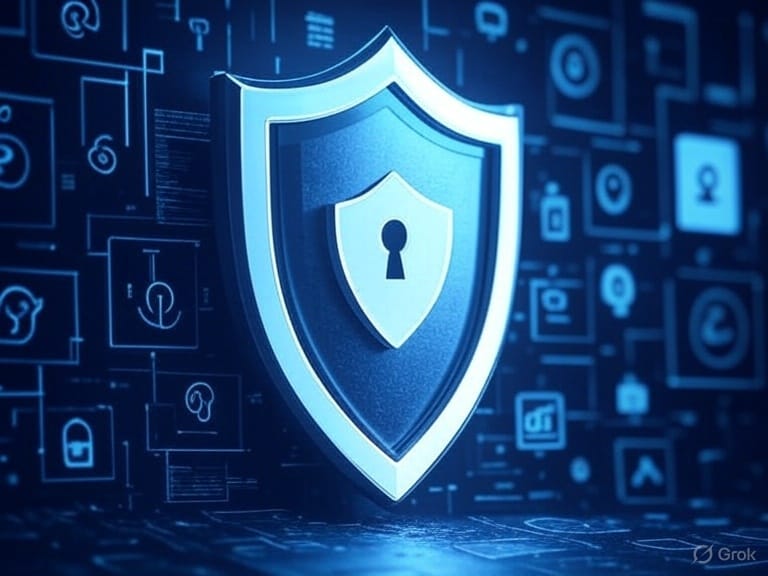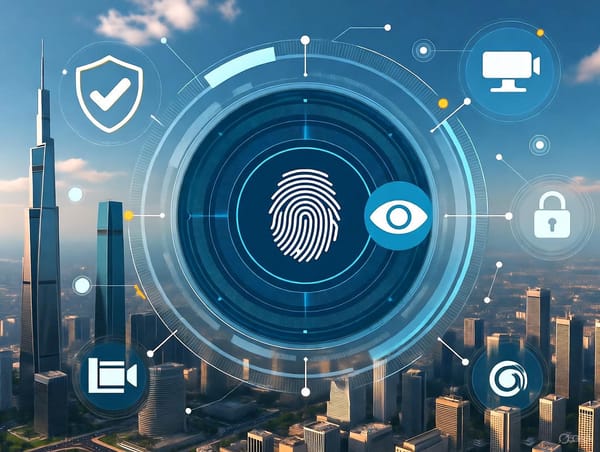Understanding Cybersecurity
Cybersecurity is crucial for individuals to protect personal information from threats like phishing, malware, and identity theft in today’s digital world.

In today’s digital world, cybersecurity is critical for protecting your personal information. From banking to social media, our reliance on technology makes us vulnerable to cyber threats. This article explores what cybersecurity means for individuals, why it matters, and practical steps to safeguard your digital life.
What Is Cybersecurity?
Cybersecurity involves protecting computers, networks, apps, and data from digital attacks. For individuals, this means securing personal information—passwords, bank details, or private messages—from cybercriminals who aim to steal identities, commit fraud, or disrupt your digital life.
Why Cybersecurity Matters
Your personal data is a prime target for cybercriminals. A breach can lead to identity theft, financial loss, or compromised privacy. Strong cybersecurity practices protect your digital interactions, ensuring safety and peace of mind in a connected world.
Common Cyber Threats
Understanding the threats you face is the first step to protection:
- Phishing: Deceptive emails or texts that trick you into sharing sensitive information.
- Malware: Viruses, ransomware, or spyware that can damage devices or hold data hostage.
- Man-in-the-Middle Attacks: Hackers intercepting your communications, often on unsecured Wi-Fi.
- Identity Theft: Fraudulent use of your personal information for financial gain or impersonation.
Practical Steps to Protect Yourself
- Use Strong Passwords and MFA
Create unique, complex passwords (e.g., 12+ characters with letters, numbers, and symbols) for each account. Enable multi-factor authentication (MFA), which requires a second verification step, like a text code or biometric scan. - Keep Software Updated
Regularly update your operating system, apps, and antivirus software to patch vulnerabilities. Enable automatic updates for convenience. - Practice Safe Online Behavior
Avoid clicking suspicious links or sharing personal details on social media. Verify website security (look for “https://” and a padlock icon) before entering sensitive data. - Secure Your Devices
Use strong passwords or biometrics (e.g., fingerprint or face ID) to lock devices. Encrypt sensitive files and use a virtual private network (VPN) on public Wi-Fi to shield your data. - Back Up Your Data
Regularly back up important files to secure cloud services or external drives. This protects against data loss from ransomware or hardware failure. - Stay Informed
Follow cybersecurity news and learn to spot scams, such as phishing emails with urgent language. Our blog articles can boost your knowledge.
The Psychological Side of Cybersecurity
Cybercriminals often exploit emotions like fear or curiosity to manipulate you. For example, a phishing email might claim your account is compromised to prompt hasty action. Stay skeptical, verify unexpected requests, and avoid impulsive decisions to counter these social engineering tactics.
Conclusion
Cybersecurity is essential for safeguarding your digital life. By understanding threats, adopting proactive habits, and staying vigilant, you can protect your personal information from cybercriminals. Start with small steps—like stronger passwords and MFA—and build a mindset of security to navigate the digital world confidently.





